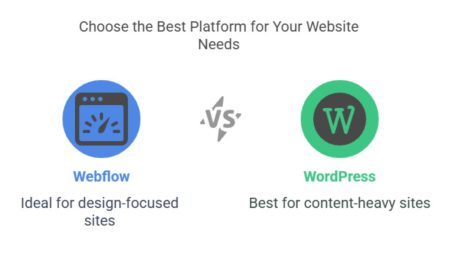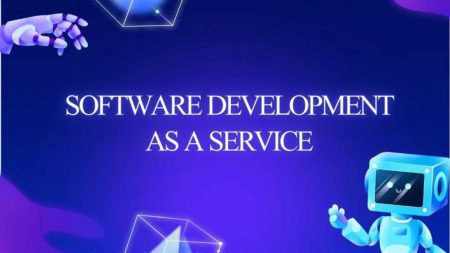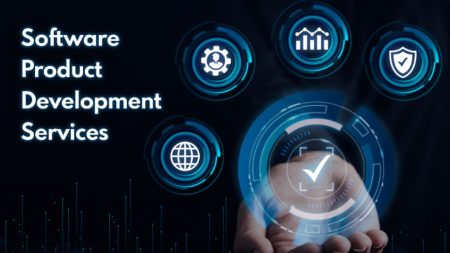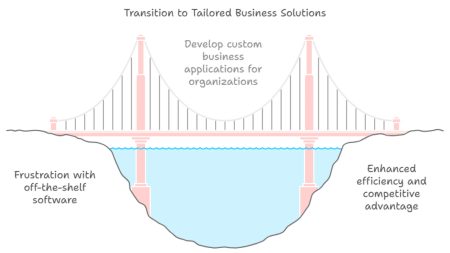The Backbone of Modern IT Operations
Today in IT environments, managing services effectively is like trying to hold water in your hands – challenging, complex, and ever-changing. As technology becomes the lifeblood of businesses, IT service management (ITSM) emerges as a necessity, not an option. ITSM solutions act as the cornerstone, ensuring that IT services are not just delivered but optimized to meet organizational objectives and user expectations. In this analysis, we will unravel the layers of ITSM, its benefits, real-world applications, and the transformative role it plays in IT operations.
The ITSM Framework is Order in Chaos
An ITSM solution is more than software; it is a methodology, a philosophy and a framework. At its essence, service management solutions organize the often-chaotic IT functions into structured processes. But what exactly does that mean? Imagine IT operations as a bustling train station with passengers (users), trains (services), and conductors (IT teams). Without a schedule, clear signage and defined roles, chaos ensues. ITSM provides this order, bringing processes like incident management, change management, and problem management into a cohesive system. This ensures services run smoothly, disruptions are minimized and the organizational train stays on track.
Why Businesses Cannot Ignore ITSM Solutions?
The global IT spending in 2023 reached a jaw-dropping $4.5 trillion (Gartner), and with such high stakes, efficiency is not a luxury – it’s survival. Companies across industries face increasing pressure to deliver uninterrupted, high-quality IT services. A reliable IT service management solution is the fulcrum for achieving this.
Preventing the Domino Effect
Consider this: 46% of IT outages are caused by human error, while 40% stem from software failures (Statista). Without an effective IT services management software, these errors can trigger cascading disruptions, impacting revenue, productivity and customer trust. An ITSM framework mitigates these risks by creating predefined workflows, automating mundane tasks and ensuring that accountability is baked into the process (for example, ITSM SaaS).
Features That Define ITSM Solutions
Not all ITSM solutions are created equal. A robust system integrates multiple functionalities to streamline operations. Let’s break down the core components of a typical IT service management software solution:
Incident Management
Nobody likes waiting for answers, especially during a critical IT failure. Incident management ensures that issues are logged, categorized, and resolved efficiently. With automation and predefined escalation paths, downtime is kept to a minimum.
Change Management
Every update, upgrade, or patch poses a potential risk. Change management introduces a structured process for planning, implementation, and review changes to ensure they do not inadvertently disrupt services.
Problem Management
Recurring issues can be a thorn in the side of IT teams. Besides problem management digs into the root causes of ongoing issues, focus on fix them at the source instead of just dealing with the surface symptoms.
Asset Management
Knowing what you own and where it’s located is critical. Asset management tracks hardware, software, licenses, and configurations, offering a bird’s-eye view of all IT resources.
Knowledge Management
An accessible knowledge base empowers users and technicians alike. By centralizing information, IT service management solutions reduce the dependency on service desks and encourage self-service. Each of these modules functions as a cog in the larger ITSM machine, ensuring that processes run smoothly and efficiently.
Why ITSM Solutions Matter?
Statistical Impact
The benefits of ITSM adoption are well-documented. Businesses that implement IT service management software solutions report a 20% reduction in service desk workload within the first year (HDI). Moreover, high-priority incidents are resolved 30% faster, and end-user satisfaction scores often see double-digit improvements.
Cost Avoidance
Consider this hypothetical: A mid-sized company with 1,000 employees experiences a one-hour outage. With an average hourly employee cost of $42 (including benefits), that outage can cost the company over $42,000 – and that’s excluding intangible losses like reputational damage. ITSM’s proactive approach prevents these scenarios, safeguarding both revenue and trust.
ITSM Solutions Comparison
The ITSM management software market is crowded with competitors, each offering unique strengths and weaknesses. Here’s a quick ITSM solutions comparison to highlight the major players:
ServiceNow
Basically often regarded as the industry standard, ServiceNow excels in automation and scalability. It integrates seamlessly with other enterprise tools but requires significant resources for implementation and maintenance.
Jira Service Management
Also popular among development-heavy teams, Jira offers flexibility and agile-friendly workflows. However, it might lack the depth needed for enterprise-level service management.
Freshservice
Targeted at SMBs, Freshservice combines an intuitive interface with affordability. While it’s easy to implement, it may not have the advanced features large enterprises require.
BMC Helix
BMC leverages AI-driven insights for proactive problem-solving. It’s a powerhouse for predictive analytics but demands a steep learning curve for new users. Choosing the right ITSM solution depends on organizational needs, budget and technical expertise.
ITSM in Action
To understand the power of ITSM, let’s explore a few real-world scenarios:
Case Study 1: E-Commerce Efficiency
A leading e-commerce company faced severe delays in resolving customer complaints during peak sales. By implementing an ITSM solution, they automated ticket prioritization, cutting response times by 40% and improving customer satisfaction by 25%.
Case Study 2: Healthcare Reliability
For a multi-location healthcare provider, system outages during patient check-ins were a recurring nightmare. Introducing IT services management software brought real-time monitoring and predictive alerts, reducing downtime by 30% and ensuring uninterrupted patient care.
Case Study 3: Financial Stability
A global bank experienced frequent outages in its online banking system, damaging its reputation. Adopting AI-powered IT service management software solutions allowed the bank to predict and prevent 80% of incidents, significantly boosting user confidence.
Implementation Challenges
Choosing IT services management company must remember that adopt an ITSM solution isn’t always smooth sailing. Resistance from employees, budget constraints, and poor implementation planning can derail efforts. Overcome these hurdles requires:
- Stakeholder Buy-In: Engaging all levels of the organization ensures alignment and support.
- Clear Objectives: Define success metrics helps measure the ROI of ITSM adoption.
- Ongoing Training: Regular training sessions keep teams up-to-date and confident.
By addressing these challenges head-on, businesses can unlock the full potential of their IT service management solutions.
What Lies Ahead in the Future of ITSM?
The ITSM landscape is evolving, shaped by technological advancements and changing business needs. Here are the trends to watch:
- AI and Automation – AI-driven ITSM tools are becoming the norm, enabling predictive maintenance and self-healing systems. This reduces downtime and enhances efficiency.
- Sustainability Metrics – With green IT gaining traction, ITSM solutions now incorporate energy consumption tracking and sustainable resource planning.
- Hybrid Work Environments – As remote work becomes permanent for many, IT service management solutions are adapting to manage distributed IT infrastructures seamlessly.
Remain in front of these trends ensures that ITSM remains a relevant and valuable asset for organizations.
The Imperative of ITSM Solutions
Today navigation without an ITSM solution is like driving without a map – you’re bound to get lost. Whether you streamline incident management, optimize change processes, or implement predictive analytics, IT service management software solutions empower organizations to operate efficiently and resiliently. The journey to ITSM success isn’t without its challenges, but the rewards far outweigh the hurdles. Organizations that embrace ITSM are not just managing their services – they’re transforming them. So, the question remains: Are you set to take the plunge?
Read also interesting article about custom WordPress website development.











